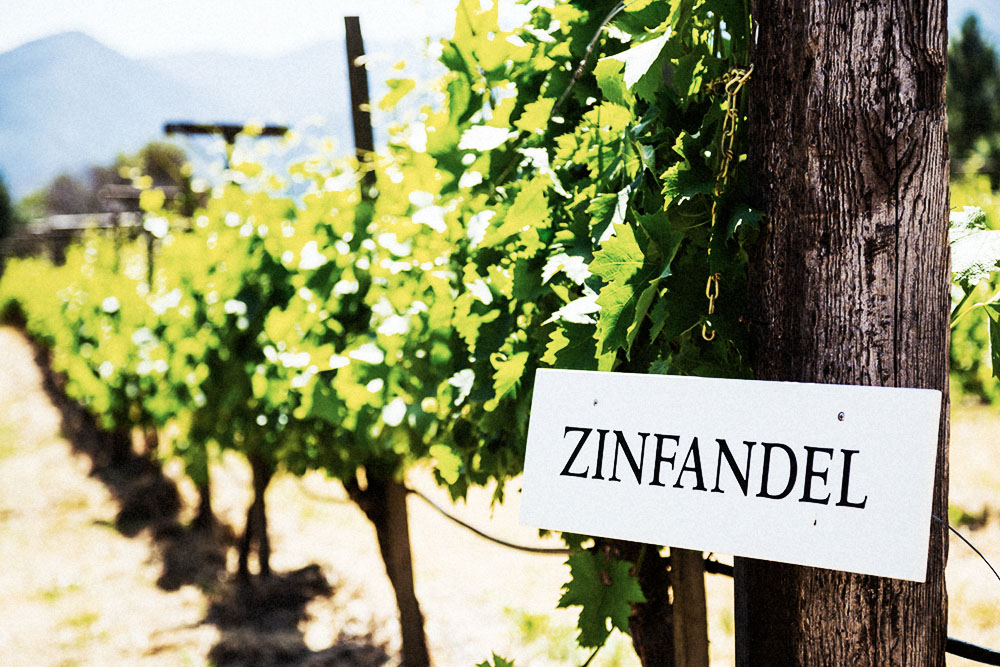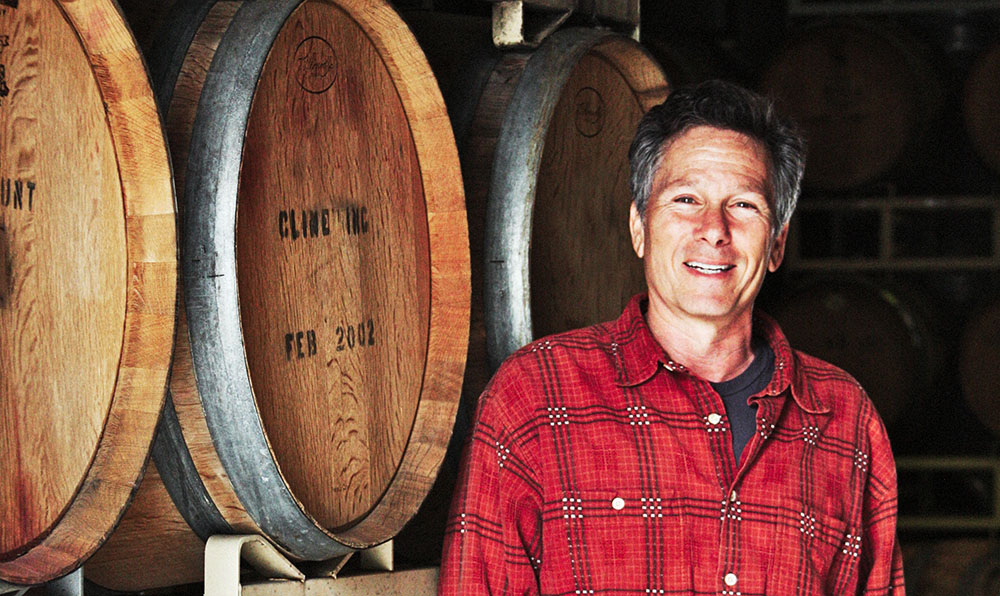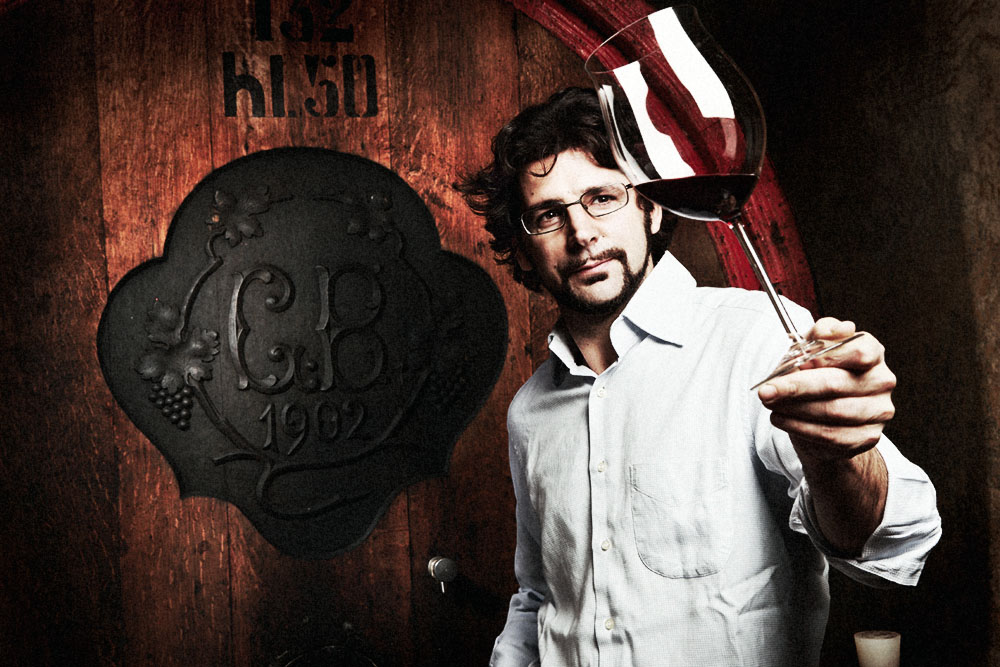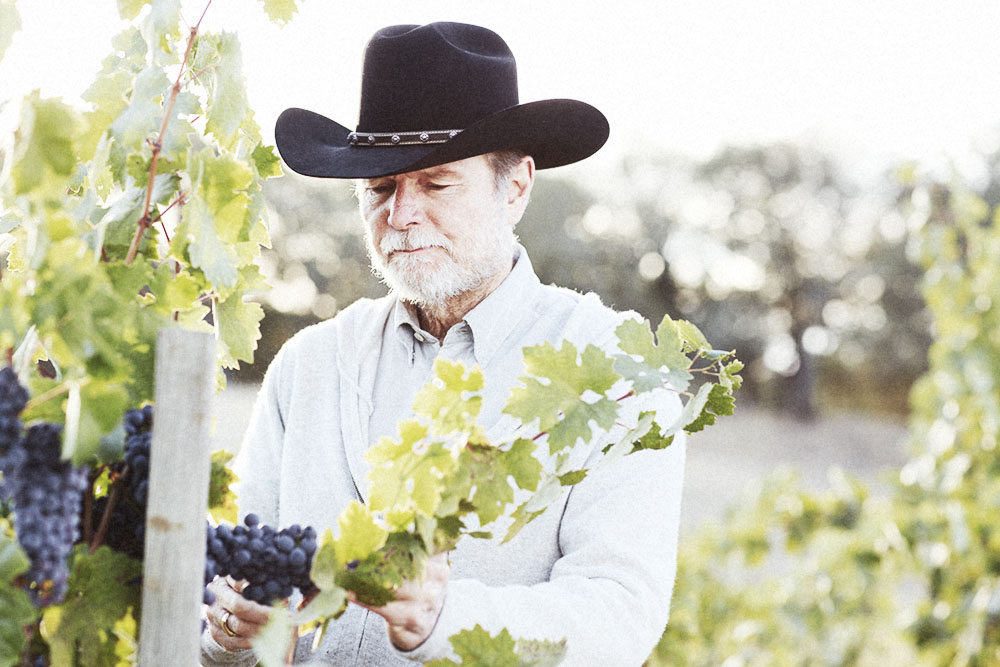
Zinfandel. By now we all know it started its life as a grape called Crljenak Kaštelanski in Croatia; but since then it has had quite the exciting life.
Crljenak Kaštelanski made its way to Italy where it changed its name to Primitivo and took up root in the southern part of the country (Puglia).
It lived (and some of its family still does) in Puglia for quite a while (the first written record of the grape is in 1870s, but “they” say it was there for much longer, living in secret and setting up roots); but in a reverse Godfather-saga turn of events it had to flee the country and take up residence in the United States and once again changed its identity, now living in California under the assumed name of Zinfandel, where it flourished and became incredible popular with both winemakers and consumers.
Then in the mid-70s it happened: No I’m not talking about disco, although that was equally traumatic to many. The once proud Zinfandel, was seduced over to the dark side (or should I say the lighter side) by a little known company at the time, Sutter Homes, who lulled Zinfandel into a sense of sweet security and friendship before washing it out in the form of White Zinfandel – a sweet, pink patio sipper that bore no resemblance to who Zin really was. Sure he became incredibly popular and was invited to all the best parties, but soon Zinfandel’s true identity was lost in a sea of pink … and just like Riesling would get saddled with the moniker of being sweet and Sauvignon Blanc would become synonymous with New Zealand, Zinfandel wore the tag of sweet and pink (still to this day).
There have been advocacy groups set up to try to restore its rightful place in the pantheon of American heritage grape varieties, like the Zinfandel Advocates & Producers (ZAP), founded in 1991 and whose mission statement reads “ZAP is dedicated to advancing public knowledge of and appreciation for American Zinfandel and its unique place in our culture and history. Winegrowers, winemakers and wine enthusiasts combine to form the membership. The common focus is the preservation and recognition of Zinfandel as America’s heritage wine.” But still Zinfandel leads a double life: pink and sweet by day, dark and brooding by night — great for many an outdoorsy event, both the patio party and the patio barbecue. But only one of these identities has a serious side, and it is one he wishes you would remember.
Zinfandel should be neither pink nor sweet (sweet of fruit maybe), but not sweet like sugar or candy floss. I remember one time inviting a friend over for ribs and Zinfandel and his girlfriend laughed him off the phone, thinking we were indulging in the pink stuff. To this day my friend says “that wine knocked me on my arse” (it was after all 15.7 per cent alcohol) and she still snickers at the thought of his being wrecked by a pink wine too much for her to bear. But that’s what Zin is all about: big fruit, robust flavours (though there is more of a balance being sought these days) and mainly high alcohols. Still Zin is “no wimpy wine” as one producer is famous for saying.
It’s time to give Zinfandel its due and see if we can’t shuck that identity crisis it seems to suffer from.
Amastuola Centosassi Primitivo 2011, Italy ($23.95)
Plum, blackberry, chocolate, cassis, vanilla, black cherry with a super plummy-mocha finish.
Ravenswood Old Vine Zinfandel 2014, California ($19.95)
Gorgeous Zin with cherry, plum, blackberry, mocha and a spicy finish.
Masseria Surani Heracles Primitivo 2013, Italy ($17.95)
Plum, black cherry, black liquorice and mocha galore along with a spicy finish and a black/white pepper mix; comes across as Californian in style in a blind tasting.
Liberty School Zinfandel 2013, California ($19.95)
Big, sweet blueberry and plum fruit right from the get go; it’s an everyday drinking Zin in a simple and sippable way.
Victor Old Vine Zinfandel 2013, California ($20.95)
There are some intriguing notes of cola, tar, vanilla, herbal and toasty that will lure you in and keep you guessing, this is not typical and that’s a good thing.
Ravenswood Old Vine Zinfandel 2013, California ($19.95)
Pure raspberry, plum, cherry and vanilla: sweet of fruit, good acidity and nice balance.
Renwood Fiddletown Zinfandel 2012, Italy ($24.95)
Nice hit of plum and cherry with vanilla, backed by nicely balanced acidity with a hint of spice.
Fatalone Primitivo 2011, Italy ($19.95)
Italy’s version of a simple Zin-sipper: round and flavourful with rich fruit of plum, cassis, and blueberry jam.
Candor Lot 6 Zinfandel, California ($21.95)
A non-vintage Zin that pendulums from the sweet to the just right, depending on the “Lot,” this Candor is the best I’ve tried in some time, not over the top by still with rich plum, black forest cake and vanilla.
Giordano Collection Primitivo di Manduria 2013, Italy ($19.95)
Vanilla, cherry, smoked plum and cassis with a little fig nuance; love that the Italians can derive the fresh fig note.
Cline Big Break Vineyard Zinfandel 2012, California ($37.95)
Extremely fruit-driven juicy core with raspberry and cherry, balanced by good tannins and good acidity.
McManis Zinfandel 2013, California ($19.95)
Sweet red berries and plum with plenty of vanilla-cherry on the finish.



Grayson Cellars Zinfandel 2013, California ($19.95)
Another fruit-driven Zin and one of the better introductory Zins for those who don’t know Zinfandel is a RED.
Terra D’Oro Zinfandel 2012, California ($21.95)
Serious Zin for those that take Zin seriously. Cherry, mocha, cola, vanilla and herbal character that has a deliciously spicy finish.
Schola Sarmenti Diciotto Primitivo 2008, Italy ($29.95)
Plum and black cherry with a great vanilla seam that runs right down the middle and a finish showing herbal and spice notes on the finish.
Pepperwood Grove Old Vine Zinfandel 2013, California ($13.95)
A value Zin that offers up a course in ZIN-101 … juicy red raspberry, blueberry and a touch of spice — its fruit forward nature makes it a real winner.
